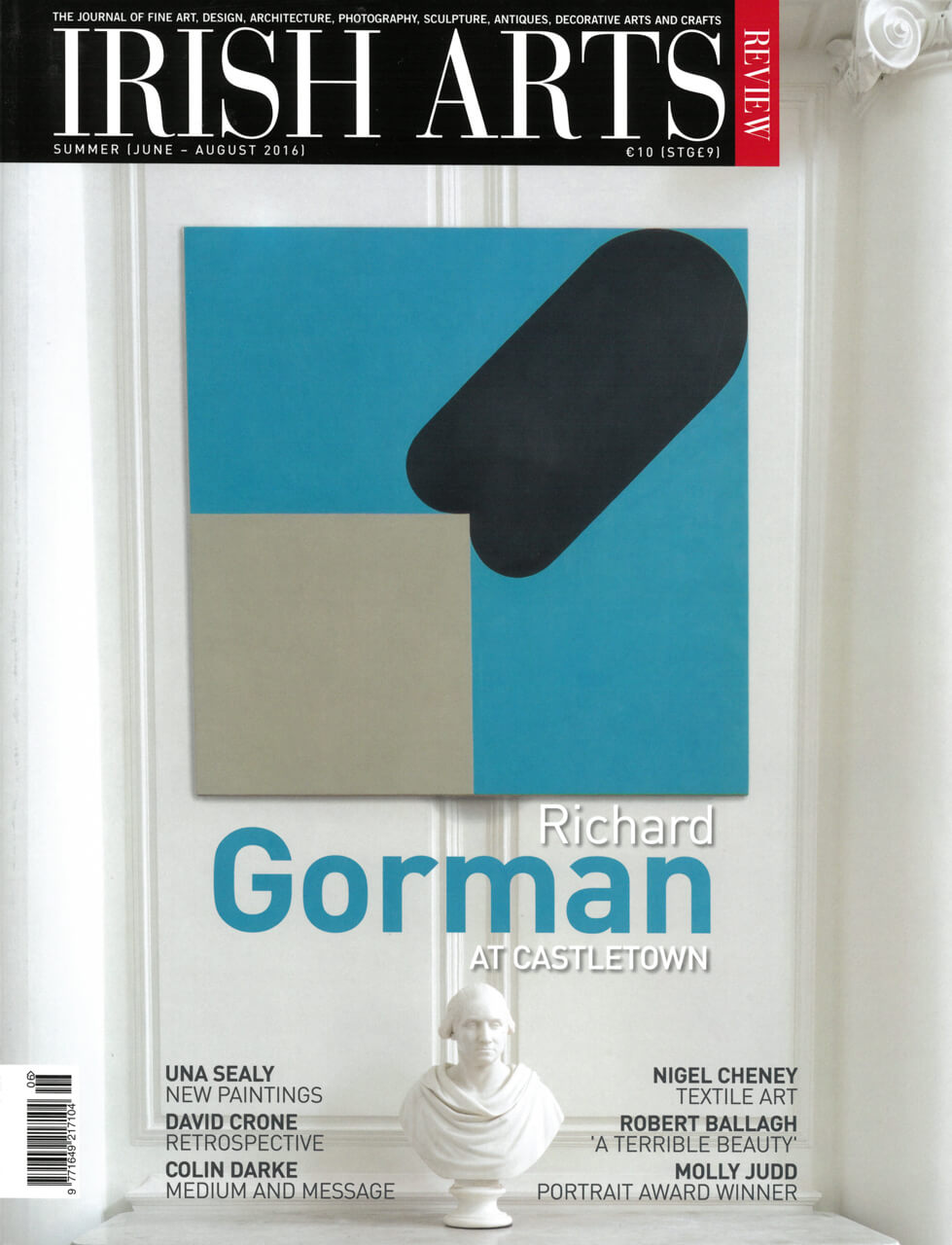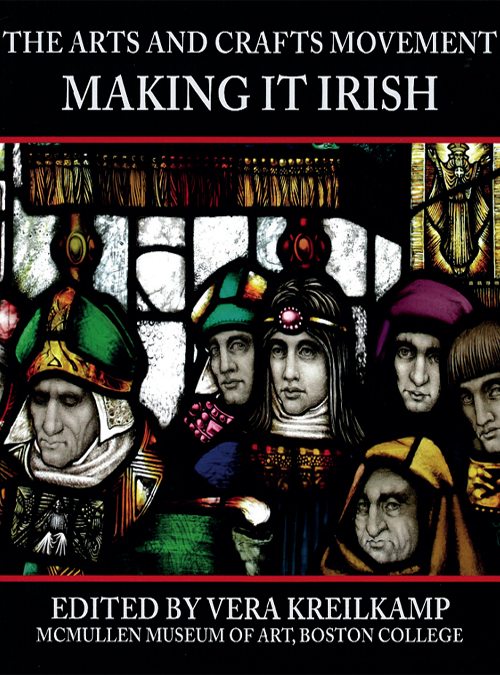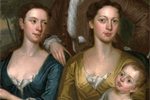

VERA KREILKAMP
The University of Chicago Press, 2016
pp 250, 150 col & 75 b/w ills p/b
€40.00 ISBN: 9781892850256
Joseph McBrinn
This accessibly written, well-referenced, and attractively produced book accompanies the Irish Arts and Crafts exhibition held at the McMullan Museum of Art of Boston College earlier this year. It is intended to act as more than a catalogue of the exhibition as the twelve specially commissioned essays it conains seek to chroicle and broadly assess Irish design from the early to mid 1800s through to the 1950s. The first part of the book is divided into four sections each comprising three chapters that consider the wider cultural context, architecture and the movement’s greatest achievements in stained glass, and the politics of gender in a roughly chronological format.
‘Arts and Crafts’ as a term emerged from the design reform movement that sprang up mid to late 19th-century Britain in reaction to the percieved shoddiness of mass production. Conditions in Ireland were of course different than in Britain but, as several of the chapters suggest, historiography has tended to glos over these. National calamity, immigration, uneven industrial development and rapid de-industrialization created a form of poverty that shocked even William Morris when he came to Ireland in 1877 and again in 1886. As such, many of the Arts and Crafts enterprises established post-Famine were motivated by philanthropy. Ireland, however, proved equally fertile ground for the industrialist as well as the charitable aesthete. That the factory-made preceded handmade lace in Limerick, that engineering and textile innovation sustained experiments in craft pedagogy in Belfast, and the association of Celtic design with a sexualized cultural decadence as much as nationalist and Unionist semiotics, are just a few of the fascinating subjects touched upon by several of the authors.
Ofnote are the three exceptional chapters by Andrew Kuhn, Janice Helland, and Fintan O’Toole that address issues of women’s rights, craft in the market economy and the organization of labour and collectively suggest that the subaltern female craftworker was not without agency or affect.
The second part of the book is given over to beautiful color plates of the 169 objects in the exhibition. Since the 1990s Boston College has committed itself to putting on major exhibitions of a wide range of Irish art and design and to producing significant and substantial publications. The College is to be congratulated for this even if the fact sadly highlights that there is no comparable institution in Ireland itself.
Joseph McBrinn lectures in History of Design and Applied Arts at Belfast School of Art University of Ulster.



